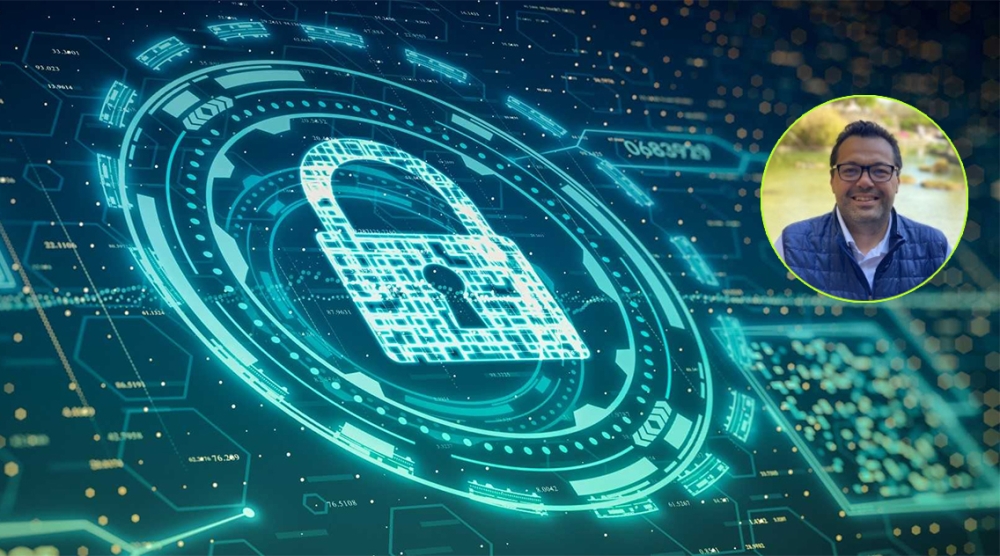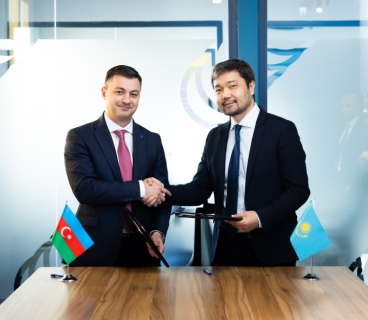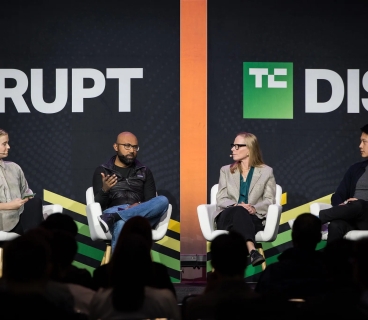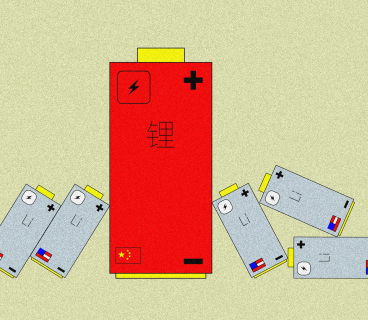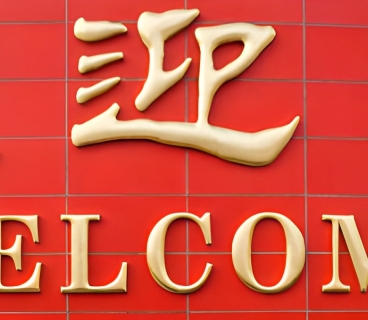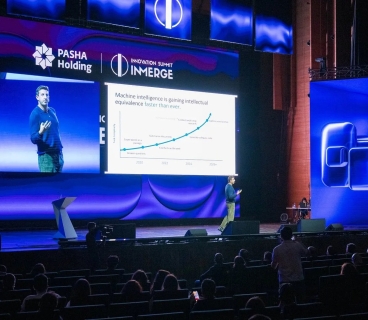The guardians of the Auschwitz Memorial (the largest concentration and death camp established by the Nazi regime in German-occupied Poland during World War II) are aware that they are in a race against time in the fight against forgetting or distorting the Holocaust. More than a million Jews lost their lives in this infamous concentration camp, liberated nearly eighty years ago. As the years go by, the number of survivors dwindles, and written and visual evidence becomes the only line of resistance. In this context, preserving memory has become a human responsibility.
But how can we preserve this memory in an era of increasing risks from artificial intelligence and deepfakes?
The answer to this question may lie in technology itself. A new initiative led by Maciej Zemojcin and supported by the Auschwitz-Birkenau Foundation aims to turn technology into a guardian of the past. His team is using advanced virtual reality technologies to create a 1:1 full 3D digital replica of the former concentration camp. This virtual reality transfer aims to preserve both the physical history and open a digital window for future generations.
Digital Preservation of Memory
The Auschwitz Memorial is visited by over two million people each year. However, this historic site has been closed to filming for nearly 40 years. The reason for this restriction is simple: to respectfully preserve the original site and to be sensitive to the commercialization of the Holocaust.
But times change. The Auschwitz-Birkenau Foundation and the Memorial are trying to maintain this sensitivity while also adapting to the new reality. The foundation’s director general, Wojtek Soczewica, says:
“We knew that if we decided not to enter the digital realm, others with bad intentions would not hesitate to do so.”
Millions of images of Auschwitz are already available online. Anyone with the technology can create inaccurate 3D models that could distort history. The only answer to this risk is to create a digital replica that is fully accurate, verified, and historically accurate.
To this end, Maciej Zemojcin and his team began to precisely document every original brick, roof tile, and even details that were invisible to the naked eye, using lidar technology and drone footage. The resulting 1:1 scale 3D image opened a new era in the preservation of Holocaust memory.
The first phase of the project – a digital depiction of the exterior of Auschwitz I – required real patience and technical skill. The images were only possible on rare occasions with special permits – for example, on New Year’s Day, when the camp was closed. Winter fog, leaf movement, tourist traffic, and flight restrictions complicated the project. Zemojcin and his team spent months finding the most suitable conditions, and as a result, the work took ten times longer to complete than initially estimated.
Zemojcin sees the project not just as a technological achievement, but also as a mission aimed at preserving human memory:
“What we are trying to do is find a technological way to preserve memory.”
This exemplary approach shows how digital solutions can be used to more accurately and responsibly convey the voices of the past to future generations.
The Pinnacle of Digital Precision: Scanning and Documenting Auschwitz
The Auschwitz Digital Project, racing against time, has collected an unimaginable amount of information to date:
18,000 photographs (each 60 megapixels),
1,300 lidar 3D scanning stations,
4.6 TB of raw data,
40 TB of processed visual and spatial data,
5 hours of 360-degree video archive.
Behind this digital memory bank are several cutting-edge technologies:
Photogrammetry: A method of extracting 3D spatial models from two-dimensional images, allowing for the reconstruction of real surfaces with high precision.
Point clouds: A precise 3D model of an object is formed by combining millions of points, each representing a specific spatial coordinate.
High-precision drone data: Thanks to the survey data obtained by drones, the position of the barracks on the Earth has been determined with an accuracy of two centimeters.
Gauss Splatting technique: This technology, powered by artificial intelligence, uses multiple scans to provide ultra-realistic images for viewing from any angle. The user can "walk" through the historical site in real time.
Blockchain integration (planned): In the future, all collected data will be added to the blockchain, thus creating an immutable, verifiable and permanent archive.
Project leader Maciej Zemojcin emphasizes that this technology carries not only technical, but also legal and ethical responsibilities:
“In our digital transformation, it is an opportunity to be at the forefront of discussions on how to standardize, control, certify and authenticate the scanning of historical sites
"We have what."
For this reason, all copyrights and technical results have been donated to the Auschwitz-Birkenau Foundation. Zemojcin clearly states the purpose of this gesture: digital memory has the right to be protected and respected just like physical memory.
At the same time, this replica also opens up great opportunities in the field of filmmaking. In the future, through virtual production technology, an accurate and reliable visual depiction of historical events will be possible. Thus, this replica created is not only a means of documentation, but also a fundamental resource for educational and cultural projects.
The Language of Silent Walls: A Call for the Digital Memory of Karabakh
I think that we - the youth of Azerbaijan - must take on a responsibility. Just as the Auschwitz Memorial is trying to preserve the horrors of the Holocaust with digital memory so that future generations will not forget it, we must document the Armenian atrocities committed in Karabakh with the same seriousness and professionalism.
Because this is not just history - this is our memory. Our pain, our suffering, our silence where are we.
The mosques destroyed during the occupation, the destroyed houses, the mined villages, the desecrated graves – these are not just physical ruins, but wounds inflicted on the souls of our people. And if we do not talk about them in digital language today, tomorrow someone will come out and say that this never happened.
We must create a project that is not only evidence – but also makes us feel. Let future generations, when looking at the land of Karabakh, see not only the green nature, but also the traces of the past – let them hear the voice of justice.
This is using the power of technology to preserve our history. But even more importantly – to give a word to stone, brick, silent walls so that our truth is not forgotten.

